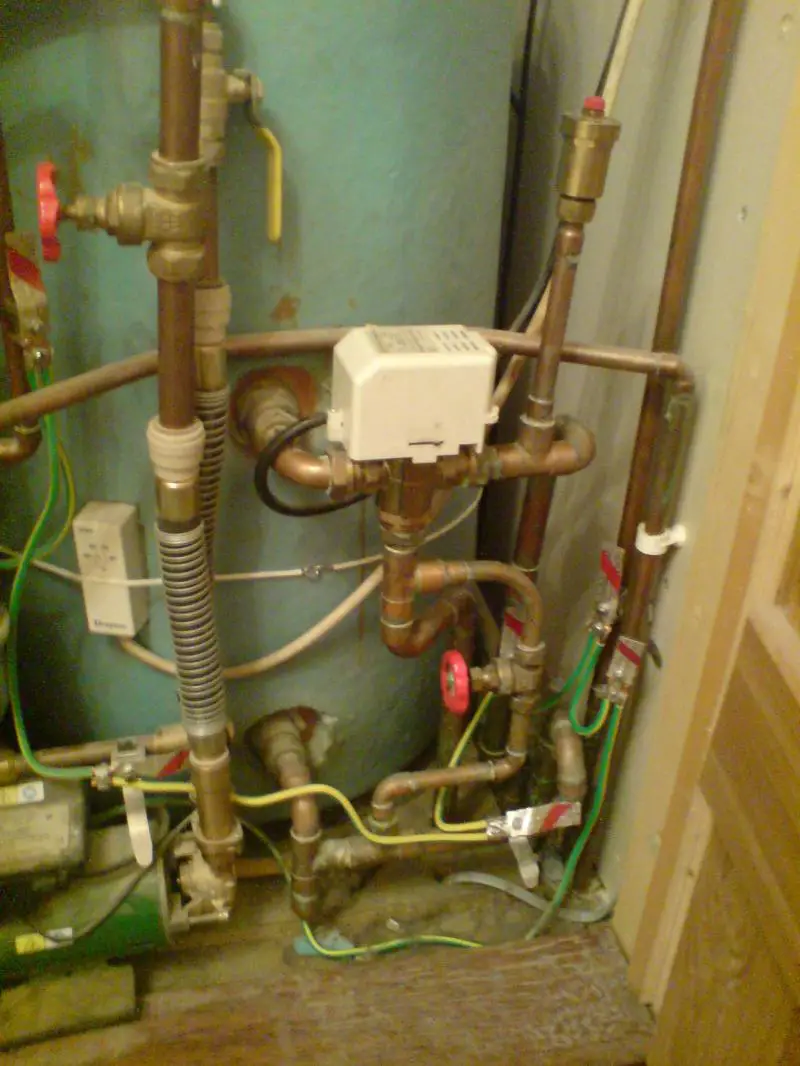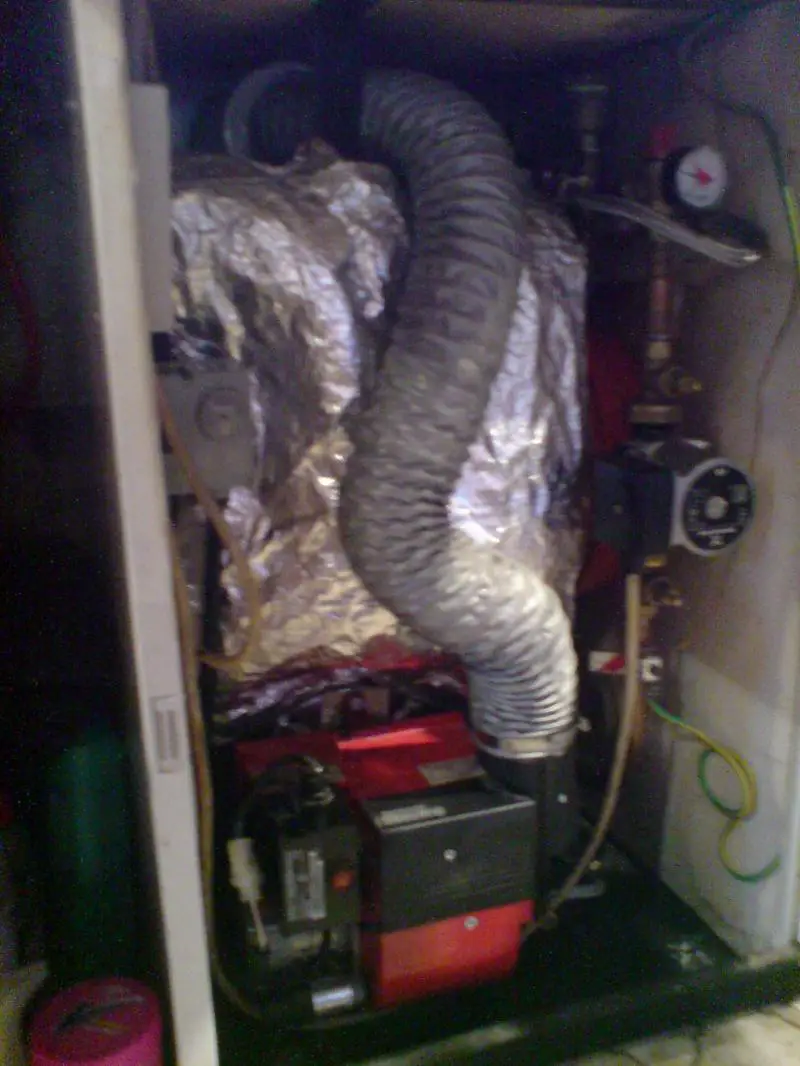Boiler make / model = Oil Fired Eurocal Ambassador
Problem= Sealed System still Loosing Pressure with no leaks now apparent.
Initial Symptoms= Heating packed up and pressure in CH system found to have dropped to 0.
Evidence of damp found on ceiling, this involved cutting a hole to find the leak.
Leak found at soldered joint in ceiling – system drained - leak repaired by re-soldering.
System re-filled and bled but it is still loosing pressure, it now drops from 1.0 bar to 0 in about 8 hours and seems to be getting worse.
I have re-pressurized the system many times over the last week or so (takes about 45 seconds to get from 0 to 1.0 bar with the tap on the filling loop fully open).
Radiators bled and system pressure topped up each time(always get loads of air from upstairs radiators)
There are no leaks apparent anywhere. There is absolutely no sign of any water dripping at the overpressure release pipe outside. I have tried re-pressurising the system and leaving it off for a day to see if I could find any leaks that might be evaporating in the boiler or on other hot surfaces, I still could not find any leaks.
House is timber framed 3 bed cottage, 4 X rads downstairs 4 X rads and a towel rail upstairs. Some of the CH pipework is inaccessible in the ceiling and walls but there are no sign of any further staining anywhere.
Could these symptoms be caused by anything other than a water leak?
Is it possible for a hidden leak to be causing this (inside the hot water tank maybe)?
In the pictures, what is the CH device on the right of the motorised valve in the airing cupboard? This has a small red cap with an o ring seal)
What is the similar device just visible at the back of the boiler? (This one has a black cap with no seal and no lid).
What is the purpose of the red stopcock below the motorised valve? (it is normally closed)
Problem= Sealed System still Loosing Pressure with no leaks now apparent.
Initial Symptoms= Heating packed up and pressure in CH system found to have dropped to 0.
Evidence of damp found on ceiling, this involved cutting a hole to find the leak.
Leak found at soldered joint in ceiling – system drained - leak repaired by re-soldering.
System re-filled and bled but it is still loosing pressure, it now drops from 1.0 bar to 0 in about 8 hours and seems to be getting worse.
I have re-pressurized the system many times over the last week or so (takes about 45 seconds to get from 0 to 1.0 bar with the tap on the filling loop fully open).
Radiators bled and system pressure topped up each time(always get loads of air from upstairs radiators)
There are no leaks apparent anywhere. There is absolutely no sign of any water dripping at the overpressure release pipe outside. I have tried re-pressurising the system and leaving it off for a day to see if I could find any leaks that might be evaporating in the boiler or on other hot surfaces, I still could not find any leaks.
House is timber framed 3 bed cottage, 4 X rads downstairs 4 X rads and a towel rail upstairs. Some of the CH pipework is inaccessible in the ceiling and walls but there are no sign of any further staining anywhere.
Could these symptoms be caused by anything other than a water leak?
Is it possible for a hidden leak to be causing this (inside the hot water tank maybe)?
In the pictures, what is the CH device on the right of the motorised valve in the airing cupboard? This has a small red cap with an o ring seal)
What is the similar device just visible at the back of the boiler? (This one has a black cap with no seal and no lid).
What is the purpose of the red stopcock below the motorised valve? (it is normally closed)



